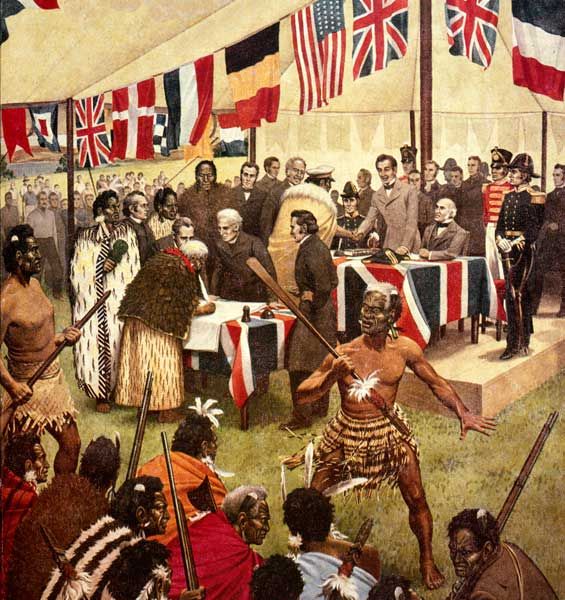1. What is the Māori Government and what is their role?
The Māori Government is the administrative arm of Te Wakamineng o Te Rangatiratanga o Nga Hapu o Nu Tireni of the United Tribes or Peoples of Nu Tireni, New Zealand. The Māori Government provide support and help to operationalise decisions made in the Te Wakaminenga o Nga Hapu o Nu Tireni, or a hapu wakaminenga.
He Wakaputanga article 4 declared that all those coming to Nū Tīreni New Zealand shores to settle, and trade would be protected, including their property rights, human rights and freedom of choice. That is why we invite all people to join us and help with governance at both the local and national levels.
2. What is a Wakaminenga?
It is a Confederation or general assembly of the United Tribes where they meet to make decisions and frame laws according to their national constitution “He Wakaputanga o Tino Rangatiratanga o Nu Tireni 1835 (Declaration of Independence o Nu Tireni 1835)
3. What jurisdiction does the Māori Government operate under?
The Maori Government operate under “Native Māori Jurisdiction”. It is the first nation jurisdiction of Nu Tireni (New Zealand). It is also recognised in pre and post-treaty British imperial law.
4. Who are Māori and when was the word first used? (with references)
Māori are the native indigenous people of Nu Tireni. Māori are also the first nations people.
Here are the exact archival references for the earliest recorded use of the word “Maori” in New Zealand history, based on Captain Cook’s journals and related 18th-century documents:
1. Primary Source: Cook’s Journal (1769–1770)
- Manuscript: “Journal of HMS Endeavour, 1768–1771” (held by the National Library of Australia, MS 1).
- Entry date: 10 January 1770 (Queen Charlotte Sound / Tōtaranui).
- Exact quote:
“They call themselves *’Maori’* to distinguish themselves from us, whom they call ‘Pahihas’ [Pākehā].”* - Spelling note: The original handwritten journal uses “Maori” (no macron) and “Pahihas” (an early attempt at “Pākehā”).
- Published version:
- The Journals of Captain James Cook (ed. J.C. Beaglehole, 1955–1967, Hakluyt Society).
- Volume I (The Voyage of the Endeavour, 1768–1771), p. 278 (Queen Charlotte Sound entry).
2. Joseph Banks’ Journal (1769)
- Earlier possible reference (but less clear):
- Manuscript: “The Endeavour Journal of Joseph Banks” (National Library of Australia, MS 9).
- Entry date: October 1769 (Poverty Bay / Tūranganui-a-Kiwa).
- Exact quote:
“Asked the natives what they called themselves; they answered *’Eaoa’.” - Note: This may have been a dialectal variant or mishearing of “Māori.”
3. Additional Early References
- Sydney Parkinson (artist aboard the Endeavour):
- “A Journal of a Voyage to the South Seas” (1773).
- Refers to the Indigenous people as *”the *’Maoeri’“ (an early spelling variant).
5. Why do Maori have their own government?
Maori had their own government before Te Tiriti o Waitangi was signed. The first collective form of Māori Government was Te Wakaminenga at Te Ngaere in 1805, Muriwhenua – Northland. It is also recognised in pre and post treaty British imperial law. He Wakaputanga 1835 and article 2 of Te Tiriti o Waitangi secures it for the future.
